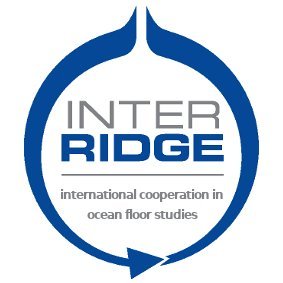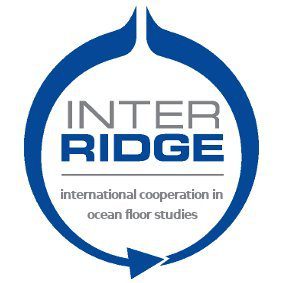InterRidge 2022 Webinar August
Evidences from geophysical data for active upwelling and episodic accretion along the slowest spreading Gakkel Ridge (8:00 GMT, Thursday, August 25th )
Summary
Over 70% of the earth is covered by the oceanic crust which is shaped at the Mid-Ocean Ridge (MOR). As the spreading rate drops to less than 12 mm/yr and heat conduction cooling enhanced, the mantle probably directly emplaces on the seafloor. As the end-member of MOR, the slowest-spreading Gakkel Ridge in the Arctic Ocean provide a unique natural laboratory to test the hypothesis. Since the recovery of instruments, like Ocean-bottom Seismometers (OBS) and ocean bottom electro-magnetometer (OBEM), is extremely difficult in the region covered by perennial sea ice, large -scale high-resolution seabed Geophysical detection was considered “impossible”. “Joint Arctic Scientific Middle-ocean ridge Insight Expedition (JASMInE)” project was proposed by Chinese scientists with a broad international participant from 8 countries. The project take advantage of the recently released Icebreaker “Xuelong 2”, which can break 1.5 m ice at a speed of 3 knots. A series of innovative high-tech were used to adapt to concentrated sea ices. I will present observations from the JASMInE project, which includes thickest oceanic crust at mid-ocean ridges and time-dependent crustal thickness. As spreading rate decrease, the active upwelling and associated downwelling due to off-axis Rayleigh-Taylor instabilities play more important roles in the crustal accretion and lead to both spatial and temporal variations in melt supply. The crustal accretion and geodynamic process in ultra-slow spreading ridge then is fundamentally different from elsewhere along mid-ocean ridges.
Main points
- Deformed “Joint Arctic Scientific Middle-ocean ridge Insight Expedition (JASMInE)” project was conducted with the recently released Icebreaker “Xuelong 2”.
- Thickest oceanic crust at mid-ocean ridges and time-dependent crustal thickness are observed in the JASMInE region.
- The active upwelling and associated off-axis downwelling due to Rayleigh-Taylor instabilities play more important roles in the crustal accretion of ultra-slow spreading ridges.
Brief information about Dr. Tao Zhang: Main career and academic interest
Dr. Tao Zhang is a senior scientist at the Second Institute of Oceanography, Ministry of Natural Resources, China. His research interests are the lithosphere and geodynamics of mid-ocean ridges. He has participated more than 10 scientific expeditions in the Arctic Ocean. He served as the coordinator of the “Joint Arctic Scientific Middle-ocean ridge Insight Expedition (JASMInE)” and the “Arctic Deep Observation for Multi-sphere Cycling (ADOMIC)” project that is part of the United Nations Decade of Ocean Science for Sustainable Development (2021-2030).

